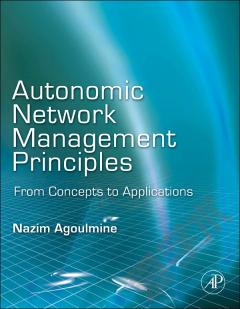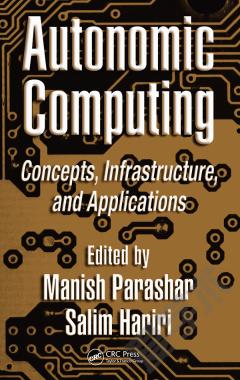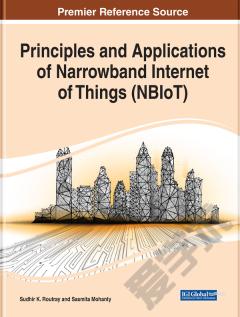Autonomic Network Management Principles —— From Concepts to Applications
----- 自主网络管理原则
Autonomic networking aims to solve the mounting problems created by increasingly complex networks, by enabling devices and service-providers to decide, preferably without human intervention, what to do at any given moment, and ultimately to create self-managing networks that can interface with each other, adapting their behavior to provide the best service to the end-user in all situations. This book gives both an understanding and an assessment of the principles, methods and architectures in autonomous network management, as well as lessons learned from, the ongoing initiatives in the field. It includes contributions from industry groups at Orange Labs, Motorola, Ericsson, the ANA EU Project and leading universities. These groups all provide chapters examining the international research projects to which they are contributing, such as the EU Autonomic Network Architecture Project and Ambient Networks EU Project, reviewing current developments and demonstrating how autonomic management principles are used to define new architectures, models, protocols, and mechanisms for future network equipment. Provides reviews of cutting-edge approaches to the management of complex telecommunications, sensors, etc. networks based on new autonomic approaches. This enables engineers to use new autonomic techniques to solve complex distributed problems that are not possible or easy to solve with existing techniques.Discussion of FOCALE, a semantically rich network architecture for coordinating the behavior of heterogeneous and distributed computing resources. This provides vital information, since the data model holds much of the power in an autonomic system, giving the theory behind the practice, which will enable engineers to create their own solutions to network management problems.Real case studies from the groups in industry and academia who work with this technology. These allow engineers to see how autonomic networking is implemented in a variety of scenarios, giving them a solid grounding in applications and helping them generate their own solutions to real-world problems.
{{comment.content}}








 京公网安备 11010802027623号
京公网安备 11010802027623号